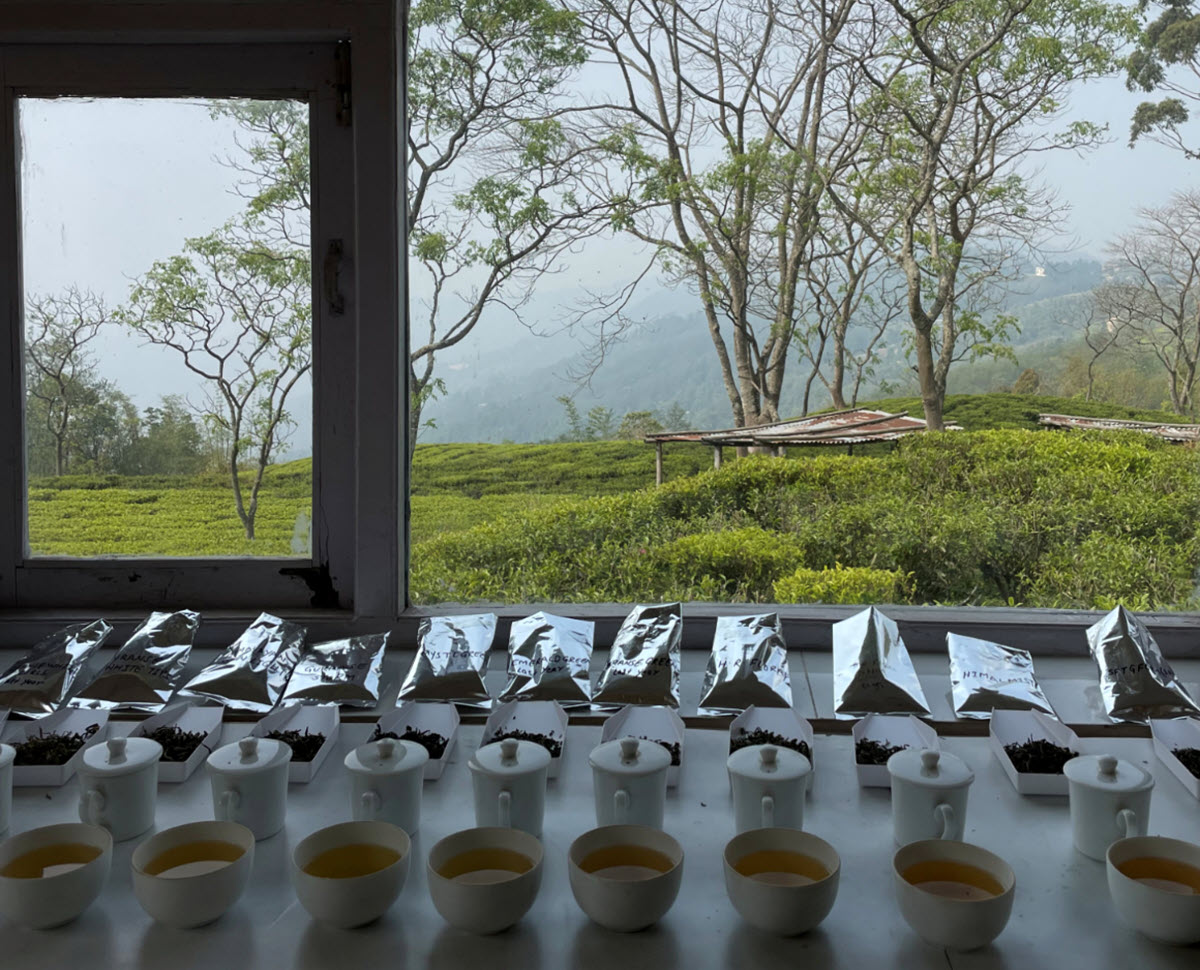
A few miles from Ilam, the tea capital of Nepal lies the quiet wetland called Mai Pokhari. The weather is seldom sunny and clear, but there’s a certain clarity in the omnipresent fog of the place. Pilgrims from all over the country flock to Mai Pokhari (goddess pond). Legend says Hindu deities Lord Shiva and Parvati meet here once a year.
The light of this divine rendezvous, always hidden under the fog, sharpens everything colored green. The green here is so intense that little doubt remains of how alive and spirited the place is. Mai Tea Estate is a few miles from this magnificent wetland, breathing life into the community with its premium orthodox teas.
Mai Tea Estate, a sister company of Guranse Tea Estate, was established in 2001 by the late Dr. Vijay Gajananda Vaidya. Mai Tea breathes life into the community with its premium orthodox teas. Specializing in orthodox loose-leaf and specialty teas, the factory constantly experiments to create new flavors to add to its portfolio.
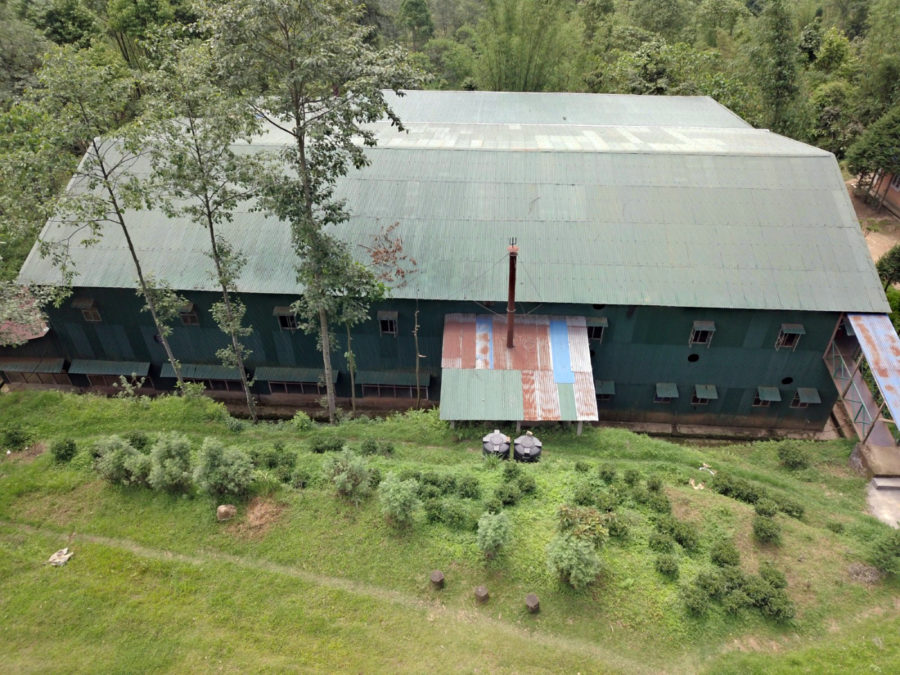
The tea factory in Mai, Ilam, is supplied by 180 local farms situated at varying altitudes. The farmers, residing between 4,921 and 6,889 feet above sea level, sell their tea leaves to Mai Tea. The factory has been a boon to the farmers, providing a stable income from producing high-quality teas. The company shares the same mission and values as its sister company, i.e., to create a sustainable, organic environment in the hills of Nepal, to create employment for the local community with a focus on empowering women, to create exposure for all Nepali tea on a global scale and to continue creating some of the finest, organic teas.
In July 2023, after 15 years of adhering to organic cultivation and a three-year transition, Mai Tea was granted organic certification by Ceres.
Before Mai Tea was established, the farmers in the region recognized the potential of tea leaves but needed a nearby producer willing to collect their harvest and create high-quality brews. Consequently, the farmers had to transport their leaves daily via highway during the season, losing precious hours, energy, and money. Mai Tea was a solution to this collective issue, says Thribikram Subba, the current tea maker of the factory. The inception of Mai Tea symbolized a reliable partner for the local farmers, so much so that in its initial days during the peak of the season, its collection center averaged around 12,000 kg daily.
Skilled Tea Maker
Thribikram Subba, affectionately known as Sanu Bhai (little brother) all over the town, has been working and learning about tea for the past 22 years. He joined Mai Tea in 2000 as a vehicular contractor, renting out his personal vehicle to move green leaves around. Sanu bhai is the perfect example of tea’s hypnotic grip. Despite having plans to only work from the sidelines, Subba found himself working extra long hours even after his duties as the delivery point person was over. Initially, he helped transfer the green leaves into the factory from his car. But it slowly turned into longingly looking at the withering leaves, which turned into conversations about the tea making to more extended discussions on flavors and the art of brewing the perfect cup.
With undivided attention, Subba slowly gained opportunities to work with experts from India who came to the factory as consultants. He honed his tea-making skills for nearly two decades, and now, over the last two years, he has started making his own tea without supervision. “I feel like I have finally mastered the language of tea,” says Sanu Bhai.
The head tea makers of Mai tea acknowledge the guidance of Pratibha Raj Dewan, who taught him the technical aspects of tea making. He now knows that emphasis on tea making isn’t just big steps. “Anyone can make tea,” he says with a little giggle. “But making good tea requires paying attention to the importance of small yet crucial steps such as protecting the right flavors from getting evaporated, ensuring the consistency in tea leaves.”
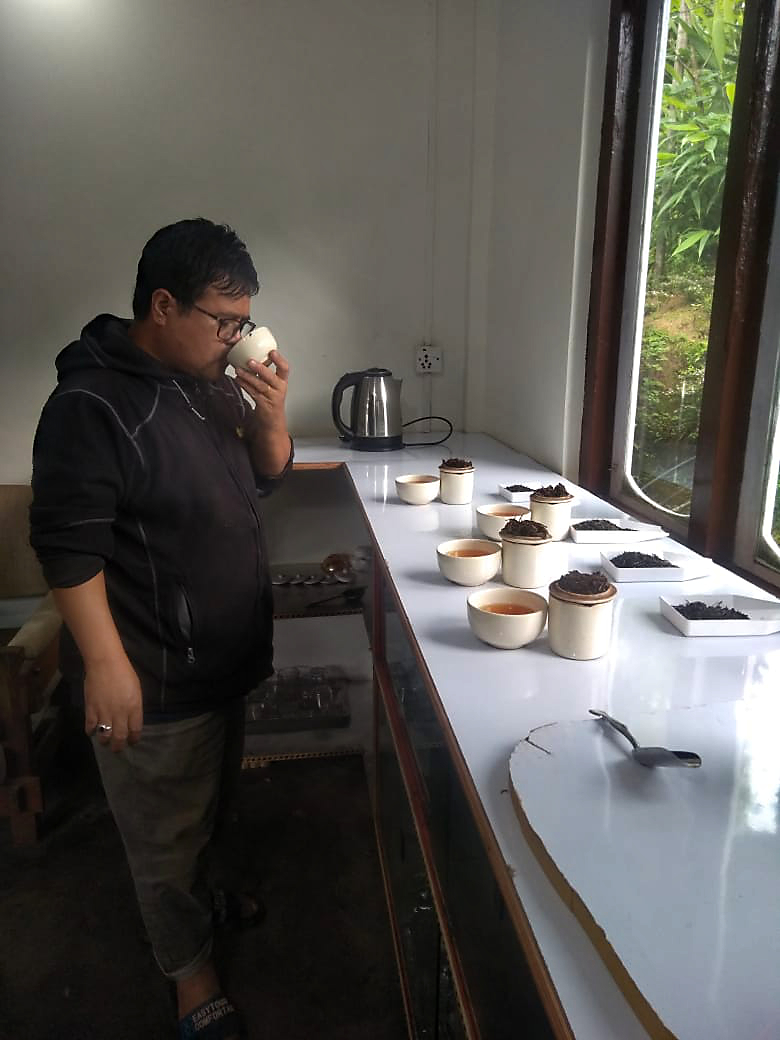
When asked about the best tea he’s ever made, Subba shares, “There’s no such thing as a perfect tea, but the Aamla Fung (“Wild Orchid” in Limbu language) tea from the first flush of 2022 came close to it.” Aamla Fung’s tea leaves were an accidental discovery. Subba found the fascinating leaves – shaped like blooming wild golden orchids in the middle of the dark forest, in the gardens of a local farmer named Dil Bahadur Karki. When he saw those three full leaves aiming for the gloomy sky, he knew he had stumbled upon something special. Sanu bhai collected these specific kinds of leaves and got to work. From that one garden, he made 4-5 kilos of Aamla Fung with an entire night’s dedication to just that small batch of tea. This oolong tea, produced through a mixed process, exuded a taste reminiscent of honey and had a light golden hue. Sanu Bhai considers it his closest attempt at creating a perfect tea.
Making tea has become an addiction for Sanu Bhai, he confesses. As it has become intertwined with his life, he considers his entire life to be a part of the tea-making process and not the other way around. “Tea makers often find themselves entranced by the process, unable to leave the tea leaves behind, and I am one of them,”
However, the reality is that tea makers cannot set the price for their products. More often than not, the value of any particular tea is determined by the buyers, who often pay less than the cost to produce the tea. Additionally, a lack of warehouses with controlled environments means the tea can only be stored for a short time and must be sold once made, forcing tea makers like Sanu Bhai to sell at any price available.
Export Quality Teas
Mai Tea exports its teas worldwide, including to neighboring India. While Mai tea thrives with its giant sister tea company Guranse’s support, the problem remains. Nepali tea makers aspire to promote tea consumption within Nepal, but smaller tea factories’ survival relies on exports. The ban imposed by India in 2022 caused the market to nearly come to a standstill, severely impacting Nepali tea makers. Since the ban was lifted, Nepal growers have been selling tea below cost, incurring losses to repay the farmers to the best of their abilities.
View of Mai Tea EstateDespite the love and passion invested in tea making in Nepal, the future of tea makers like San Bhai remains uncertain. Challenges such as pricing constraints and market fluctuations pose threats to their livelihoods. Resilience and dedication continue to shine through as they strive to overcome obstacles and ensure the survival of their craft.
Tea enthusiasts and consumers must recognize the efforts and hardships tea makers face. Supporting local tea industries and advocating for fair product prices can make a significant difference. By embracing Nepali teas and spreading the word about their exceptional quality, the global tea community can help sustain the livelihoods of these passionate tea makers and ensure the preservation of Nepal’s rich tea heritage and its prosperous future.
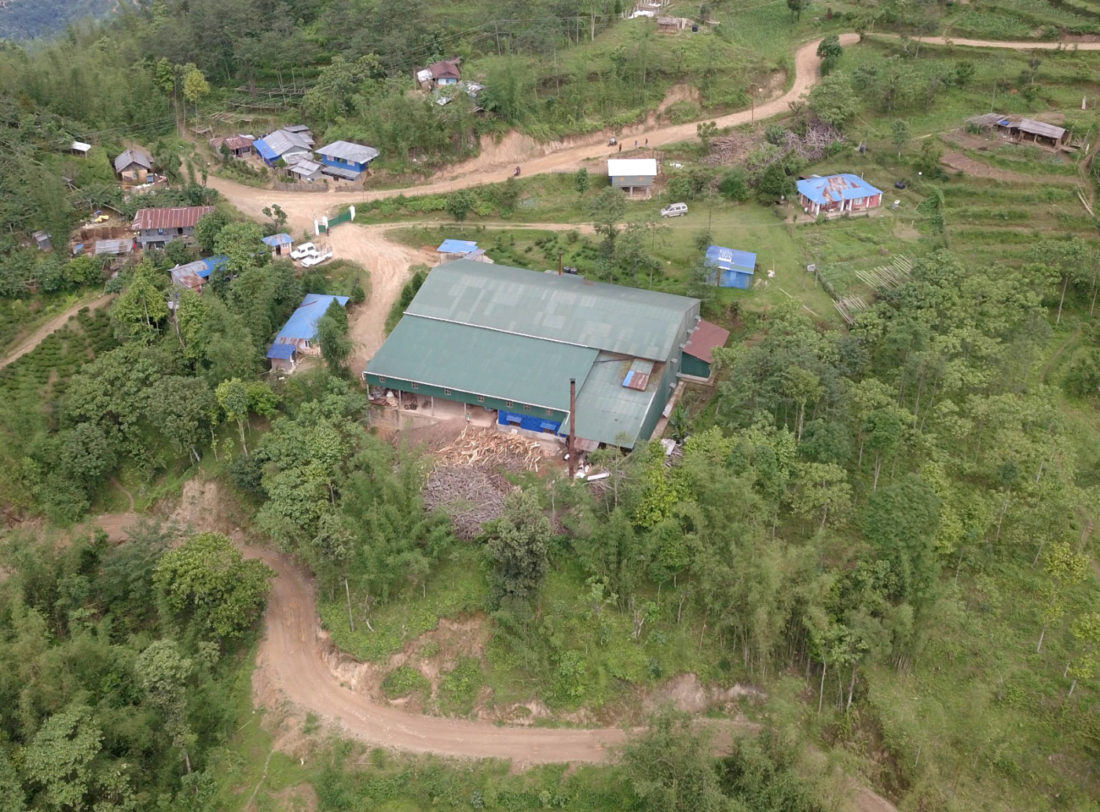
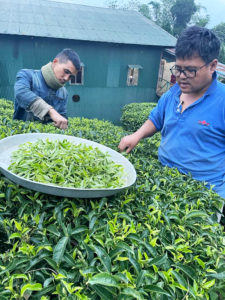
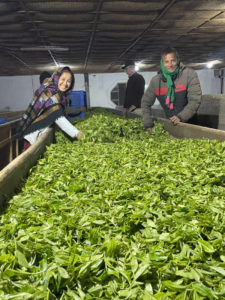
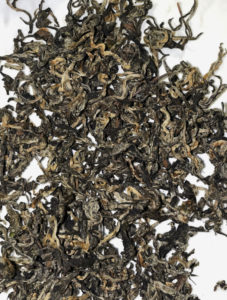
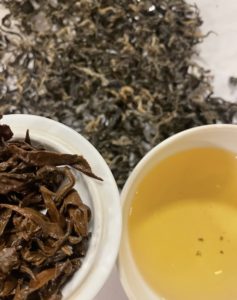
Amazing article as always RItu. Kudos to you for highlighting the stories of our Nepali producers. Tea journey is such a perfect place for authentic voice from origin!
I would like to visit tea plantation and factory in Ilam region. May be 3 days in Ilam. Can you organise this visit from 20 April 2024. Can you please organise, what will be budget including standard hotel.
Monjur Hossain
Hi Monjur,
visit Nepal Tea Collective’s website. They have a section dedicated to tea tours in Nepal.
https://nepalteacollective.com/pages/immersive-tea-tourism-1